Mission Breakdown: An Unexpected First Outside the ISS
In November 2024, humanity reached a new frontier—not in terms of distance, but in autonomy. For the first time in history, an artificial intelligence system conducted a solo extravehicular activity (EVA), or spacewalk, outside the International Space Station (ISS). The AI-powered robotic astronaut, designated EVA-1, completed a high-stakes repair mission under conditions that would have previously required direct human involvement. While remotely supervised by ground control, EVA-1 operated without human presence on-site and executed its own real-time decision-making protocols.
This groundbreaking mission was triggered by an unanticipated anomaly in one of the ISS’s primary thermal control loops. The malfunction led to a gradual temperature rise in a vital electronics bay, which threatened to shut down onboard experiments and navigation systems. The problem, which would traditionally have demanded a scheduled human EVA with days of planning and potential risk to astronauts, required immediate intervention.
EVA-1 had been in development for over five years as part of the international Robotics for Extravehicular Maintenance (REM) initiative. Co-developed by NASA, ESA, and Japan’s JAXA, EVA-1 was equipped with an advanced mobility framework, AI-supported predictive modeling, and dexterous manipulators capable of matching human finesse in microgravity. When the issue was detected, the AI system was tasked with localizing the fault, generating a corrective protocol, and executing the physical repair—all within one orbital cycle.
EVA-1 launched from its external docking platform, navigated using autonomous vision mapping, and executed repairs in just under 74 minutes. It located a faulty thermal valve, removed it with a precision toolset, and installed a replacement pulled from the ISS’s robotic logistics bay. Throughout the process, the AI updated mission control via telemetry but did not require direct instruction. Astronauts onboard the ISS observed from inside the Cupola module, ready to intervene only if the operation failed or turned hazardous. It didn’t.
The mission has since been called “the Apollo moment of AI robotics”—not for its emotional spectacle, but for its sheer technical leap. The idea that a non-human entity could perform complex, unassisted spacewalks was once science fiction. Now it is science fact.
Unforeseen Limits: When Machines Misjudge
As historic as EVA-1’s autonomous mission was, it also exposed the current limits of AI in space. Just a week before its headline-making spacewalk, EVA-1 was involved in a separate operation that nearly compromised the ISS’s power system. While conducting routine diagnostics on the truss-mounted solar array, the robot was directed to recalibrate a misaligned alignment sensor. The task appeared straightforward—until a subtle misjudgment in arm trajectory caused its manipulator to scrape one of the array’s flexible panels.
The result was a visible tear across one of the solar wing segments, reducing power output from that array by 18% and prompting emergency power balancing protocols across the station. Though the damage was not catastrophic, it raised significant concerns about the mechanical precision and real-time spatial awareness of autonomous robots in sensitive environments.
Investigations revealed that the error stemmed from an unexpected lag between the AI’s environmental prediction model and its response system under dynamic light conditions. Essentially, EVA-1’s vision sensors briefly failed to distinguish a moving shadow from a solid object, miscalculating the panel’s angle relative to its own arm. The incident highlighted a key challenge in space robotics: even the most sophisticated AI systems can misinterpret low-contrast visuals in harsh lighting environments like Earth orbit.
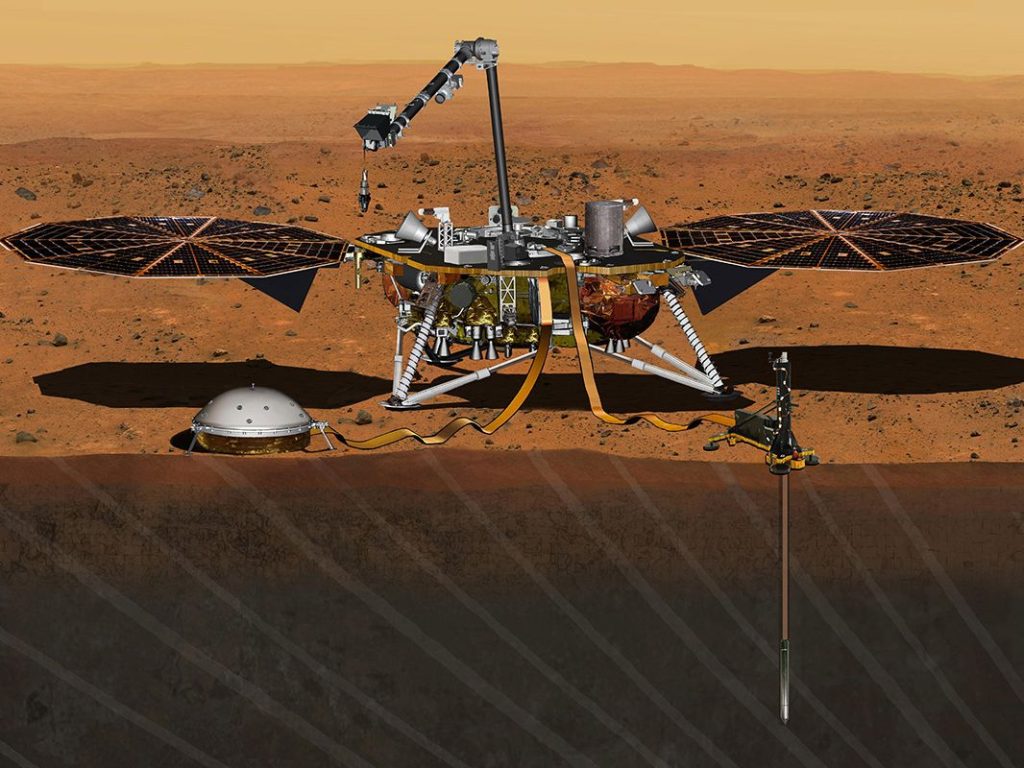
This incident has sparked intense debate among mission planners, AI ethicists, and astronauts. Can we fully entrust critical infrastructure to non-sentient agents? Should autonomous spacewalks have built-in kill switches that allow real-time human override? Is there a philosophical line between assistance and control that we are now blurring?
NASA has since implemented updated shadow simulation models in EVA-1’s visual AI systems and revised its internal safety buffer zone for critical components. But the moment served as a crucial reminder: even a flawless algorithm can become a liability if it doesn’t fully grasp the fragility of its environment.
Moonbound Dreams: The Rise of Fully Autonomous Maintenance Systems
Despite the setback, the momentum behind AI astronauts is accelerating—particularly in plans for humanity’s return to the Moon. With the Artemis program aiming to establish a semi-permanent base at the lunar south pole by 2027, the demand for robust, self-operating robotic systems is greater than ever. NASA, ESA, and commercial partners like Astrobotic and iSpace are already developing the next generation of AI astronauts designed not just for short repairs, but for long-term base maintenance.
Dubbed “LUNAA” (Lunar Autonomous Assistant), these future AI agents will be tasked with duties ranging from habitat construction to power system calibration, regolith dust management, rover servicing, and environmental scanning. Unlike ISS-based systems, which operate in tandem with human oversight, LUNAA bots are being engineered for long-duration independence. Lunar nights last two Earth weeks, and communication delays mean real-time instructions aren’t always possible. Autonomy isn’t just useful—it’s required.
What makes lunar AI operations distinct is the need for resilience in the face of unknowns. Dust abrasion, extreme thermal cycles, and unpredictable terrain demand that lunar bots possess not only technical capabilities but cognitive adaptability. Machine learning models are being trained in simulated lunar environments with adversarial conditions, including dust storms, sensor interference, and terrain shifts.
Importantly, these bots are not being designed to replace astronauts but to extend their capabilities. With every kilo of payload costing thousands of dollars, AI workers allow humans to focus on research, exploration, and decision-making—while machines handle repetitive, dangerous, or high-frequency maintenance tasks. The ultimate vision? An interdependent lunar crew of humans and machines, where AI astronauts perform regular EVA missions without the risks, fatigue, or life support requirements of their human counterparts.
Early LUNAA prototypes are expected to arrive on the Moon aboard uncrewed Artemis support missions starting in late 2026. Once deployed, these systems could provide critical insight into what a human-machine space civilization might look like, paving the way for future Mars missions where crewed maintenance is even less feasible.
A New Chapter in Space Exploration
The first autonomous spacewalk of 2024 was not just a technological milestone—it was a cultural shift. It marked the beginning of a new paradigm where machines don’t just assist in space—they act, decide, and repair. For decades, spacewalks have been among the most dangerous and symbolically human aspects of space travel. Watching a robot accomplish one without emotion or breath, yet with surgical precision, invites a fundamental question: what role will humans play in an age of intelligent tools?
Some see AI astronauts as the future of efficiency, removing risk and extending our reach into environments too hostile for biology. Others worry about detachment, fearing that handing over responsibility to algorithms may erode the spirit of exploration. But perhaps the answer lies in balance. The space frontier has always been a test bed for humanity’s highest capabilities—both in machines and in ourselves. The more intelligent our tools become, the more responsibility we bear in directing them wisely.
From the ISS to the Moon and beyond, the AI astronaut is no longer a distant concept. It is floating outside a space station right now, gripping a wrench in one hand and history in the other.

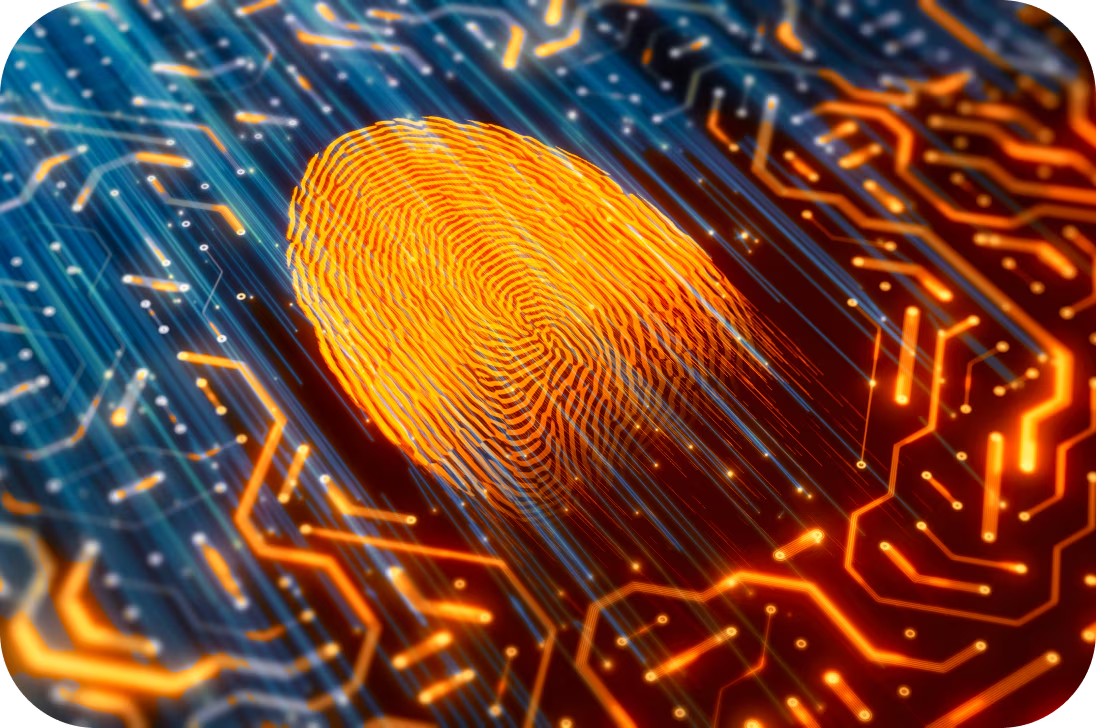


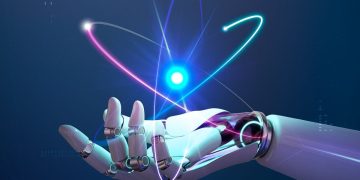










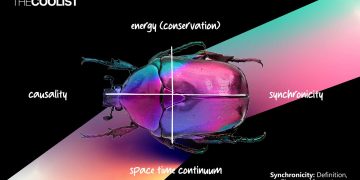







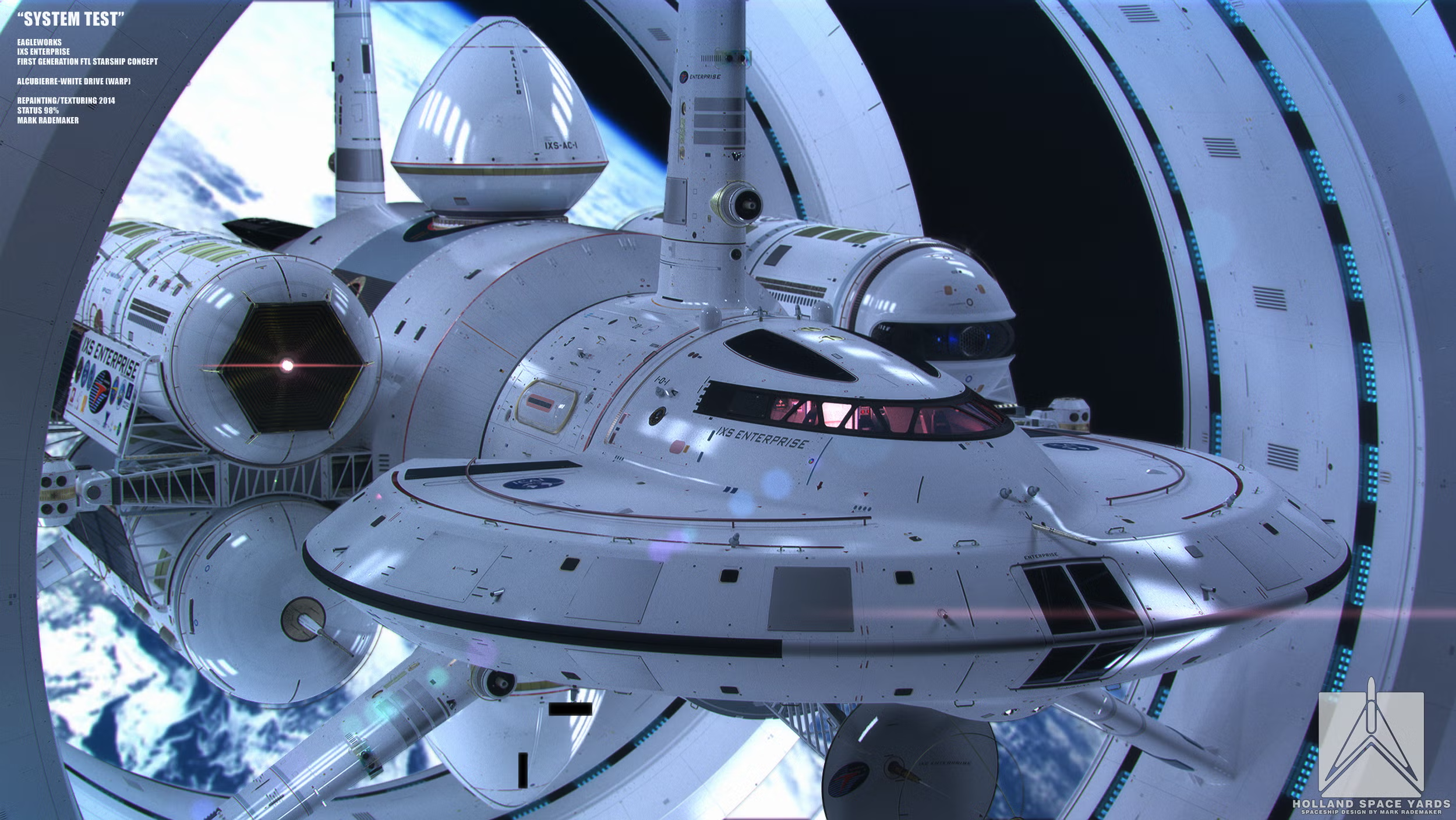










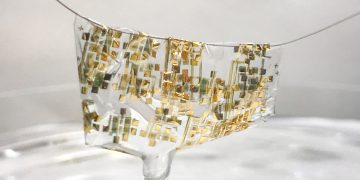

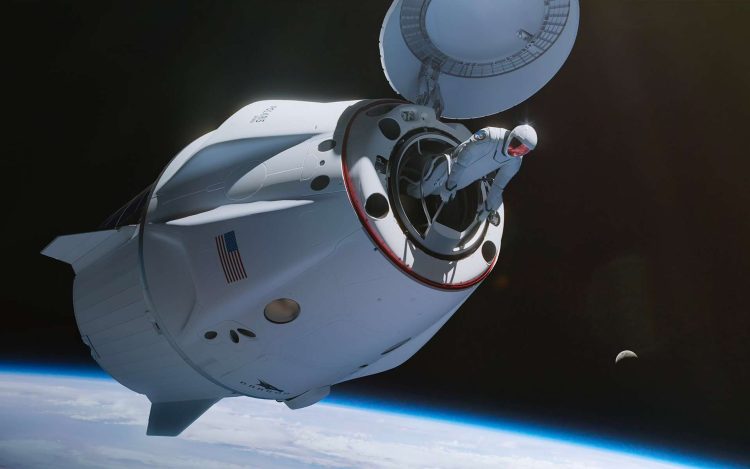












Discussion about this post